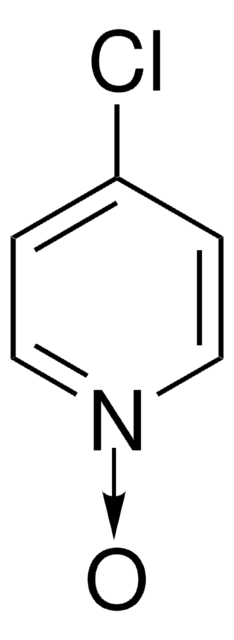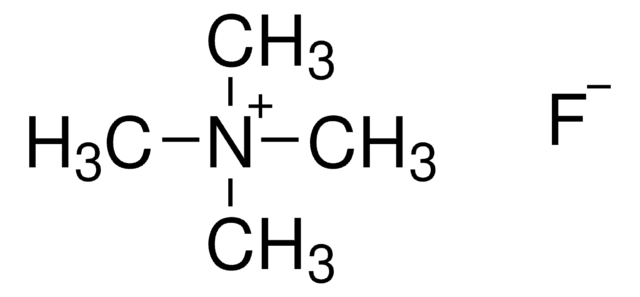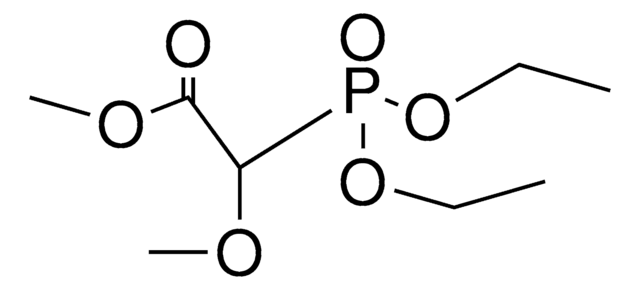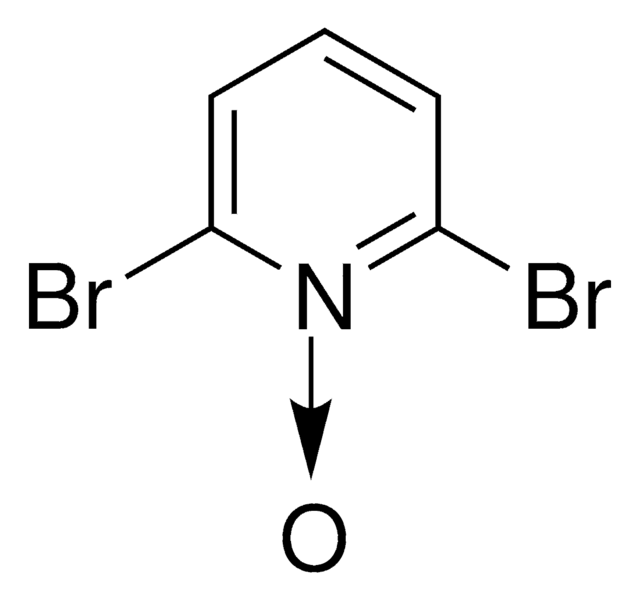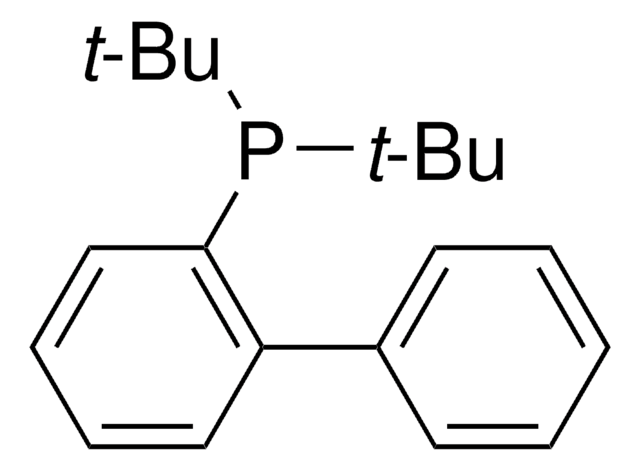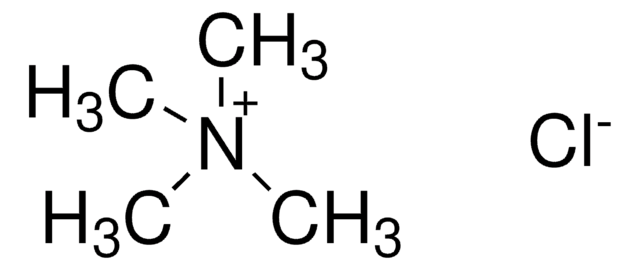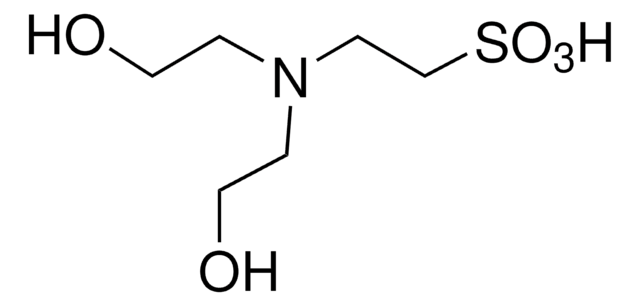906794
Bis(neopentyltrimethylammonium) oxalate
Synonym(e):
N,N,N,2,2-Pentamethylpropan-1-aminium oxalate, Bis(trimethylneopentylammonium) oxalate
Anmeldenzur Ansicht organisationsspezifischer und vertraglich vereinbarter Preise
Alle Fotos(1)
About This Item
Empfohlene Produkte
Form
powder, crystals or chunks
Lagertemp.
−20°C
Anwendung
This bis(neopentyltrimethylammonium) oxalate is used in the elution step of the Ritter lab′s new method for deoxyfluorination of phenols. First, an Fmoc-protected ruthenium tyrosine amino acid derivative ([CpRu(Fmoc-tyrosin)]CF3CO2, cat# 902314) is incorporated to a peptide. Later, bis(neopentyltrimethylammonium) oxalate and chloroimidazolium chloride (cat# 904848) facilitate the elution of [18F]fluoride. The final [18F]fluoride radiolabeled polypeptide is useful in positron emission tomography (PET) imaging for the study of various biological applications.
Automate your fluorination reactions with Synple Automated Synthesis Platform (SYNPLE-SC002)
Automate your fluorination reactions with Synple Automated Synthesis Platform (SYNPLE-SC002)
Vorsicht
Bis(neopentyltrimethylammonium) oxalate is hygroscopic and should be stored in a closed vial or in a desiccator.
Sonstige Hinweise
Ähnliches Produkt
Produkt-Nr.
Beschreibung
Preisangaben
Lagerklassenschlüssel
11 - Combustible Solids
WGK
WGK 3
Flammpunkt (°F)
Not applicable
Flammpunkt (°C)
Not applicable
Hier finden Sie alle aktuellen Versionen:
Analysenzertifikate (COA)
Lot/Batch Number
Leider sind derzeit keine COAs für dieses Produkt online verfügbar.
Wenn Sie Hilfe benötigen, wenden Sie sich bitte an Kundensupport
Besitzen Sie dieses Produkt bereits?
In der Dokumentenbibliothek finden Sie die Dokumentation zu den Produkten, die Sie kürzlich erworben haben.
Jens Rickmeier et al.
Angewandte Chemie (International ed. in English), 57(43), 14207-14211 (2018-09-07)
Radiolabeled receptor-binding peptides are an important class of positron emission tomography tracers owing to achievable high binding affinities and their rapid blood clearance. Herein, a method to introduce a 4-[18 F]fluoro-phenylalanine residue into peptide sequences is reported, by chemoselective radio-deoxyfluorination
Unser Team von Wissenschaftlern verfügt über Erfahrung in allen Forschungsbereichen einschließlich Life Science, Materialwissenschaften, chemischer Synthese, Chromatographie, Analytik und vielen mehr..
Setzen Sie sich mit dem technischen Dienst in Verbindung.